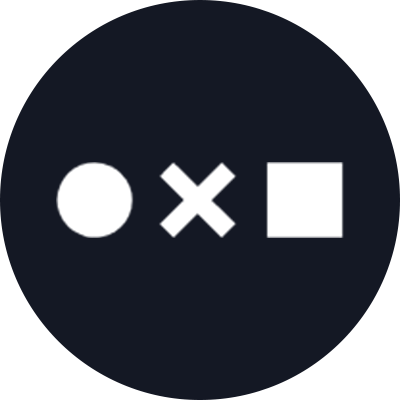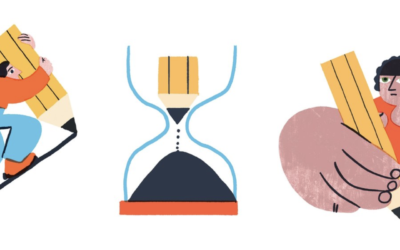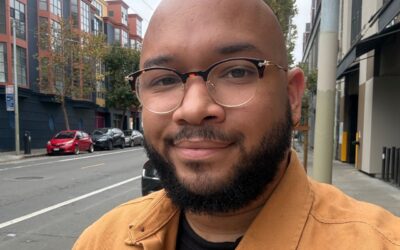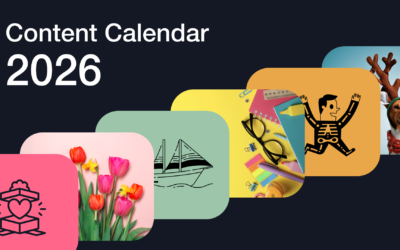NP: How do you describe the Knottery to people?
RS: Oof, that’s a hard one. I kind of describe it as natural fiber art using macrame and weaving techniques. Honestly, most of the time I show someone a picture — I’ve heard pictures are worth at least several words…
NP: Tell us how you got started as a fiber artist, did you teach yourself?
RS: I guess it runs in the family — my mom is a painter…so I’ve basically been into crafting and making ever since I can remember — originally specializing in paper art/sculpture. When my husband and I bought a house, I wanted to make as much of the decor as possible. Paper isn’t super durable so I looked into other mediums. I was really inspired by Sally England’s work in the Ace Hotel Portland and I taught myself macrame through diagrams, which was a super fun trial and error process; that was a wrap for me….I was hooked.

NP: Describe your unique style of tying knots.
RS: Kinda 70s, kinda organic, kinda flowy. Oh and lots of looooops.
NP: What other medium do you work with?
RS: For my fiber art pieces I work with wool, cotton, sometimes leather. I’m currently experimenting with natural dyes and might incorporate some of that into my normal monochrome pieces.

NP: We love the juxtaposition of vector icon art and the organic details to knot tying. Tell us how you use Noun Project?
RS: For Knottery, I use a Noun Project icon as my business logo. The reason being, my work is very irregular and organic, but I am not. I was a computer programmer in my previous career and love structure and symmetry. The Noun Project icon I chose is more about me than my pieces. Noun Project icons are so simple and beautiful. I wanted a logo that stands the test of time and simplicity always wins that game. As my pieces evolve, I don’t want to think about changing my branding too. I use Noun Project primarily to brainstorm. I am not a graphic designer so it’s nice to be able to rely on the work of others to jump start my process — I’m not trying to reinvent the wheel lol.
NP: How have you incorporated Noun Project into your business?
RS: For branding, I primarily use a specific icon related to “weaving” that can be seen across all my collateral — business cards, stickers, thank you cards and even my website. I’ve also customized the links on my site with Noun Project icons.

NP: What is one of the biggest challenges with working with fiber art?
RS: I hate waste. I get so sad when I have to throw away fiber. I try to reuse as much as possible.

NP: If you could have your fiber art installed in any location in the world, where would it be?
RS: Hands down in the guest rooms of an Ace Hotel. Life goals super achieved the day something like that happens. Fingers crossed!
NP: What is the strangest commission you have received so far?
RS: Trick question, there’s nothing too weird or strange for me. In fact, I welcome the strange. It’s a good way to stretch those creative muscles 🙂






